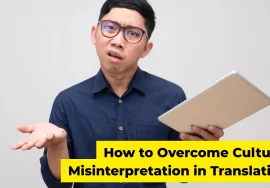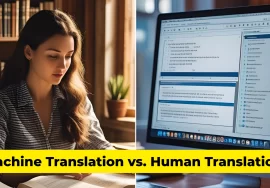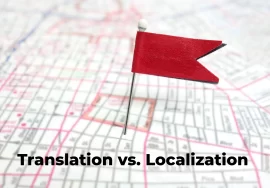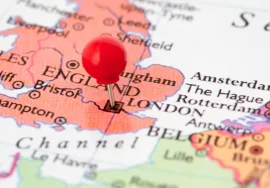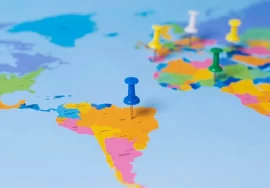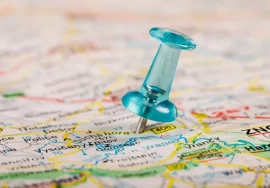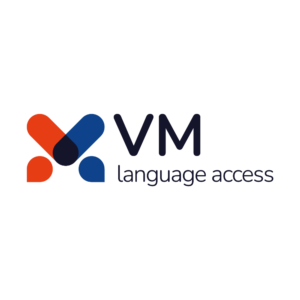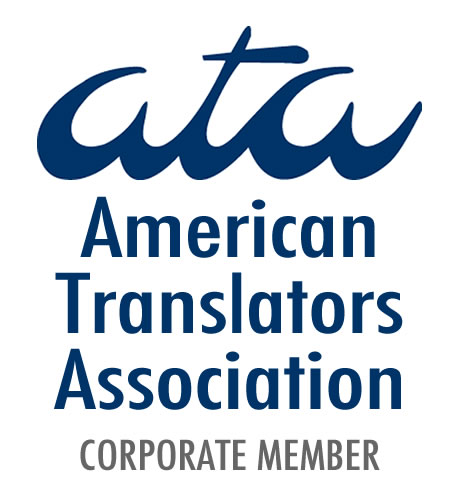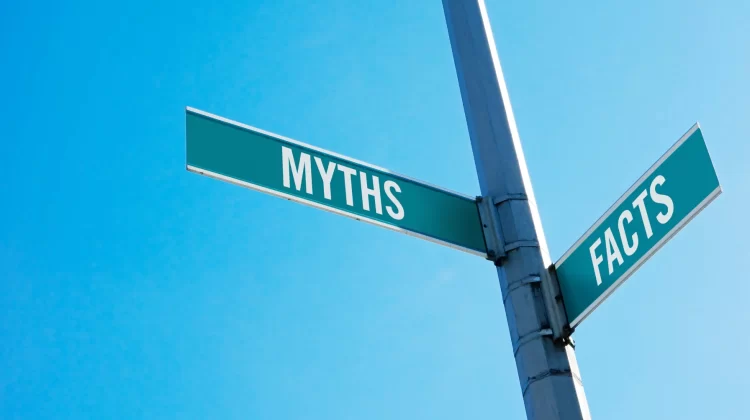
Universal Language Understanding: Myth or Future?
Have you ever dreamed of a world where everyone could speak and understand each other perfectly — no matter their native language? Imagine walking into a room filled with people from all over the globe, and effortlessly communicating with every single one of them. Sounds like something out of a sci-fi movie, right? But with the rapid advancements in technology and linguistics, the idea of universal language understanding is no longer just a fantasy. It’s a question we seriously have to ask: Is universal language understanding a myth, or is it the future?
Let’s explore this fascinating topic together and dive into the challenges, the technologies, and what the future might hold for breaking language barriers worldwide.
What Is Universal Language Understanding?
At its core, universal language understanding refers to the ability to communicate effectively and clearly across all languages and cultures — breaking down every language barrier that divides us. It’s about more than just translation; it’s about fully grasping not only words but also the context, tone, cultural nuances, and emotions behind communication.
You might be wondering: “Is this even possible? Can a machine or a person truly understand every language and culture so deeply that misunderstandings become a thing of the past?”
The Long History of Language Barriers and Attempts at Universal Languages
Humans have struggled with language barriers since the dawn of civilization. Different languages evolved naturally in various regions, creating unique ways for communities to express themselves. While this linguistic diversity enriches our world, it also poses significant challenges in communication, trade, diplomacy, and education.
Over the centuries, several attempts have been made to create a universal language — Esperanto being the most famous example. Invented in the late 19th century, Esperanto was designed as a simple, neutral language meant to foster international understanding. Despite its noble goal, it never achieved widespread adoption, primarily because language is so deeply tied to culture and identity.
So, the question remains: can technology finally crack this problem?
Current Technologies Advancing Universal Language Understanding
Thanks to leaps in artificial intelligence, natural language processing, and machine learning, we’re closer than ever to breaking language barriers. Tools like Google Translate, DeepL, and Microsoft Translator have revolutionized how we communicate across languages.
Real-time translation devices and apps can now instantly convert spoken or written words from one language to another. This is huge progress toward universal language understanding because it allows conversations to flow smoothly even when participants speak different languages.
Moreover, AI-powered chatbots and virtual assistants are becoming better at understanding context, slang, and idiomatic expressions, improving the quality of translations and interactions.
But technology is only one piece of the puzzle.
The Challenges That Still Stand in the Way
Even with these advances, there are major hurdles in achieving true universal language understanding.
Cultural Nuances and Context
Language isn’t just about words. It’s wrapped up in culture, history, and shared experiences. A phrase that makes perfect sense in one culture could be confusing, offensive, or meaningless in another. For example, idioms and humor rarely translate directly. AI tools sometimes produce literal translations that miss the deeper meaning or emotional tone.
Tone and Emotion
Communicating emotion and tone is one of the hardest things to convey across languages. Sarcasm, humor, sadness — these subtle cues can change the entire meaning of a message. Machines still struggle to detect and express these nuances properly.
Technical Limitations
While AI learns and improves, it still depends on huge datasets and algorithms that may not capture every dialect, accent, or new slang word. Plus, some languages have very limited digital resources, which affects the accuracy of translations.
Why Human Expertise Still Matters
Despite the growing capabilities of AI and machine translation, human translators and interpreters remain essential for true communication. This is especially important in high-stakes situations like healthcare, legal matters, and diplomacy, where mistranslations can have serious consequences.
Professional linguists bring cultural awareness, emotional intelligence, and subject matter expertise to the table. They understand the subtleties of language and can adapt messages to suit different audiences, ensuring clarity and respect.
In many ways, humans and machines complement each other. Technology handles large volumes of content quickly, while humans ensure quality, accuracy, and cultural sensitivity.
The Future: Myth or Reality?
So, where are we headed? Will universal language understanding be a reality anytime soon?
Experts have mixed opinions. Some believe that with continued improvements in AI and machine learning, combined with more sophisticated cultural data, universal understanding is achievable within decades. Others think the complexity of human language and culture will always require a human touch.
Ethical questions also arise: Should machines replace human translators? How do we protect cultural identity while striving for universal understanding? These are important debates shaping the future of language technology.
How Businesses and Individuals Can Prepare
Whether or not universal language understanding becomes fully realized, businesses and individuals should be proactive about breaking language barriers today.
- Invest in language learning: Learning multiple languages is still the best way to connect deeply across cultures.
- Leverage technology smartly: Use AI-powered tools to speed up communication but always review for cultural accuracy.
- Hire professionals: For important documents and communications, certified translators and interpreters remain invaluable.
- Embrace cultural awareness: Understanding your audience’s culture is as important as knowing their language.
Universal language understanding is a fascinating and complex challenge. Technology is pushing the boundaries, making it easier than ever to break language barriers, but it hasn’t replaced the need for human insight and cultural sensitivity.
As we look toward the future, it’s clear that a blend of AI and human expertise will shape how we communicate globally. Whether it’s a myth or a future reality, the journey toward universal language understanding is already transforming the way we connect, collaborate, and understand each other — one language at a time.
If you’re looking to break language barriers in your business or personal life, embracing both technology and professional language services will keep you ahead of the curve. After all, communication is the key to connection, and connection is the key to progress.

